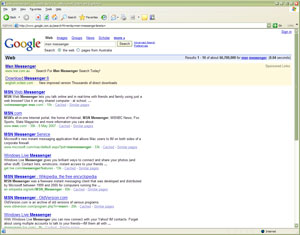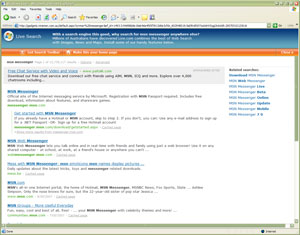In September 2006, Google released a new utility in the form of a game named Google Image Labeler.
The game aspect of the Google Image Labeler involves a pair of people. The contestants are chosen at random to play against one another based on who is online at any point in time. Each game lasts for 90 seconds and the contestants are shown the same series of images which they have to tag or describe with words or phrases. The contestants gain points when they match words or phrases with their opponent.
By gaining points when you match words with your opponent, Google are assuming both contestants consider the image to reflect the same object. At some point, Google will end up using this information in Google Images to provide a better quality of service to their customers.
The service aspect of the Google Image Labeler is of course about providing a higher quality of service to the Google user base. At the moment, Google rely on webmasters providing context around any images that they use on their web sites. As a simple example, a webmaster might:
- provide a meaningful name for the image
- provide a useful
alt attribute, which describes the image in text format
- provide captions for the image, which might be a more in depth text description of the image
- talk about the image in the main content on the web page
Whilst this mechanism is very useful and in most cases accurate, it can also be inaccurate or abused. By relying on random Google users to categorise the images, the chances of an image being misrepresented are vastly reduced.
Having humans categorise the images also lends itself to Google producing software that learns how to recognise images. Google could attempt to identify what the images are on their own and use the tags or labels provided by the Google user base to essentially compare or validate the results.
When logged into the Google Webmasters console, you are now able to select whether or not you want the images on your site to be visible to the Google Image Labeler service. At this stage, I’m not quite sure why you would opt out of it – however Google are giving webmasters the option should they choose to.
If Google do end up walking the learning machine path, it could be interesting times ahead for the image searching service.

